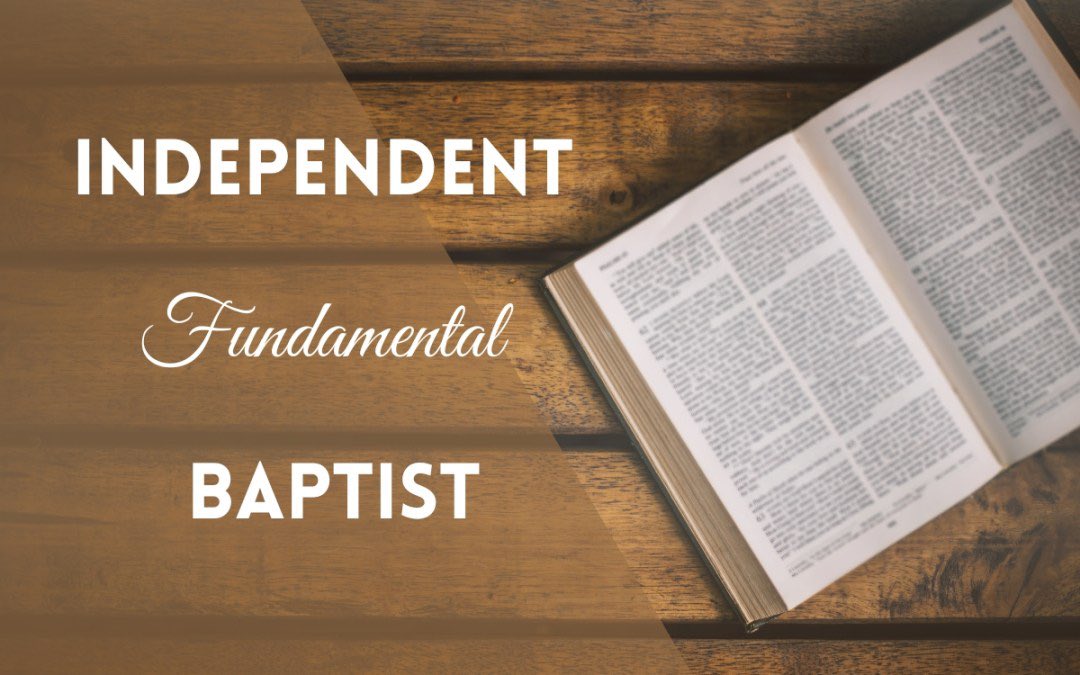🧵 The Life & Legacy of Pastor John MacArthur
John MacArthur will likely go down as the most influential pastor /theologian of the 20th and 21st centuries.
Now in the sunset of his ministry, his legacy is clear. Below is a 🧵 on how he became “Pastor John.” 👇🏼
John MacArthur will likely go down as the most influential pastor /theologian of the 20th and 21st centuries.
Now in the sunset of his ministry, his legacy is clear. Below is a 🧵 on how he became “Pastor John.” 👇🏼

🧵 1. Born Into a Preacher’s Home (1939)
John Fullerton MacArthur Jr. was born June 19, 1939, in Los Angeles, CA. His father, Jack MacArthur, was a Baptist pastor, radio preacher, and conference speaker.
John grew up steeped in Scripture, Christian radio, and ministry life. But his first love wasn’t the pulpit. It was the football field.
In fact, MacArthur dreamed of playing professionally. Friends called him tough, athletic, and competitive. He once said, “I wanted to hit people, not help them.”
But God had other plans.
John Fullerton MacArthur Jr. was born June 19, 1939, in Los Angeles, CA. His father, Jack MacArthur, was a Baptist pastor, radio preacher, and conference speaker.
John grew up steeped in Scripture, Christian radio, and ministry life. But his first love wasn’t the pulpit. It was the football field.
In fact, MacArthur dreamed of playing professionally. Friends called him tough, athletic, and competitive. He once said, “I wanted to hit people, not help them.”
But God had other plans.
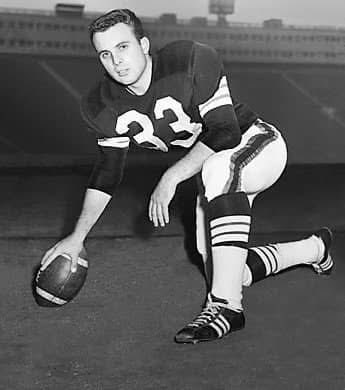
🧵 2. A Car Crash That Changed Everything (1957)
At 18 years old, John was involved in a horrific car crash on Route 66. He was ejected from the vehicle, flipped through the air, and landed 100 feet away. Miraculously, he lived.
He spent months recovering. But that season wasn’t just physical rehab. It was spiritual awakening.
MacArthur later said:
“God basically put me in a hospital bed and said, ‘Are you ready to listen now?’”
It was then he surrendered to the call of ministry. His dreams of football died on that road, but a lifelong mission to preach Christ was born.
At 18 years old, John was involved in a horrific car crash on Route 66. He was ejected from the vehicle, flipped through the air, and landed 100 feet away. Miraculously, he lived.
He spent months recovering. But that season wasn’t just physical rehab. It was spiritual awakening.
MacArthur later said:
“God basically put me in a hospital bed and said, ‘Are you ready to listen now?’”
It was then he surrendered to the call of ministry. His dreams of football died on that road, but a lifelong mission to preach Christ was born.

🧵 3. The Making of a Preacher (1960s)
MacArthur enrolled at Bob Jones University but quickly transferred to Los Angeles Pacific College, then earned his Master of Divinity at Talbot Theological Seminary.
He studied under Charles Feinberg, immersed himself in Greek, and honed his skills in expository preaching. In those early years, he also served as an associate pastor and faculty member at Talbot, cutting his teeth in ministry before age 30.
He also met and married Patricia, the love of his life, in 1963. Together, they would raise four children.
MacArthur enrolled at Bob Jones University but quickly transferred to Los Angeles Pacific College, then earned his Master of Divinity at Talbot Theological Seminary.
He studied under Charles Feinberg, immersed himself in Greek, and honed his skills in expository preaching. In those early years, he also served as an associate pastor and faculty member at Talbot, cutting his teeth in ministry before age 30.
He also met and married Patricia, the love of his life, in 1963. Together, they would raise four children.

🧵 4. Grace Community Church: The Calling of a Lifetime (1969)
In February 1969, a small congregation in Sun Valley, CA, called a young, unknown 29-year-old to be their pastor.
It was a long shot. He wasn’t famous. He had never led a church.
But from his first Sunday at Grace Community Church, MacArthur opened his Bible and began preaching verse-by-verse through the New Testament.
And… he never stopped.
50+ years later, he kept preaching from the same pulpit.
In February 1969, a small congregation in Sun Valley, CA, called a young, unknown 29-year-old to be their pastor.
It was a long shot. He wasn’t famous. He had never led a church.
But from his first Sunday at Grace Community Church, MacArthur opened his Bible and began preaching verse-by-verse through the New Testament.
And… he never stopped.
50+ years later, he kept preaching from the same pulpit.
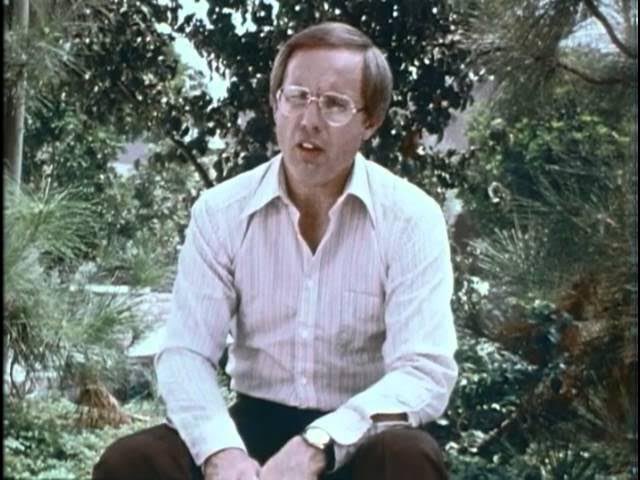
🧵 5. The Voice of the Expositor
MacArthur didn’t want to be clever or trendy. He wanted to be clear. Every sermon was saturated with exposition, theology, and direct application.
By the early 1980s, he was preaching to thousands in person and millions by radio. In 1997, he released the MacArthur Study Bible, now with over a million copies in print.
He’s preached through nearly every New Testament book word by word, line by line.
MacArthur didn’t want to be clever or trendy. He wanted to be clear. Every sermon was saturated with exposition, theology, and direct application.
By the early 1980s, he was preaching to thousands in person and millions by radio. In 1997, he released the MacArthur Study Bible, now with over a million copies in print.
He’s preached through nearly every New Testament book word by word, line by line.
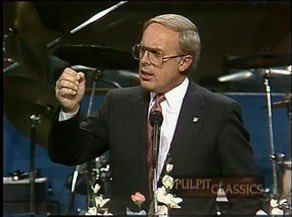
🧵 6. Reformed-ish
MacArthur affirmed Calvinism, inerrancy, and lordship salvation, but parted ways with traditional Reformed theology.
He’s Baptist, not covenantal. He was premillennial, not amillennial.
His self-description?
“A leaky dispensationalist.”
He’s respected in Reformed circles, but doesn’t fit neatly into any one camp.
MacArthur affirmed Calvinism, inerrancy, and lordship salvation, but parted ways with traditional Reformed theology.
He’s Baptist, not covenantal. He was premillennial, not amillennial.
His self-description?
“A leaky dispensationalist.”
He’s respected in Reformed circles, but doesn’t fit neatly into any one camp.

🧵 7. Grace to You: The Global Megaphone
In 1969, some church members began distributing cassette tapes of MacArthur’s sermons. That grew into Grace to You (GTY) - a global media ministry.
Today, GTY broadcasts in over 100 countries, offering 3,000+ sermons, devotionals, and teaching resources. Nearly all of it free.
MacArthur refused to monetize the gospel.
“If you’re hungry for the Word, we’ll get it to you. Period.”
In 1969, some church members began distributing cassette tapes of MacArthur’s sermons. That grew into Grace to You (GTY) - a global media ministry.
Today, GTY broadcasts in over 100 countries, offering 3,000+ sermons, devotionals, and teaching resources. Nearly all of it free.
MacArthur refused to monetize the gospel.
“If you’re hungry for the Word, we’ll get it to you. Period.”
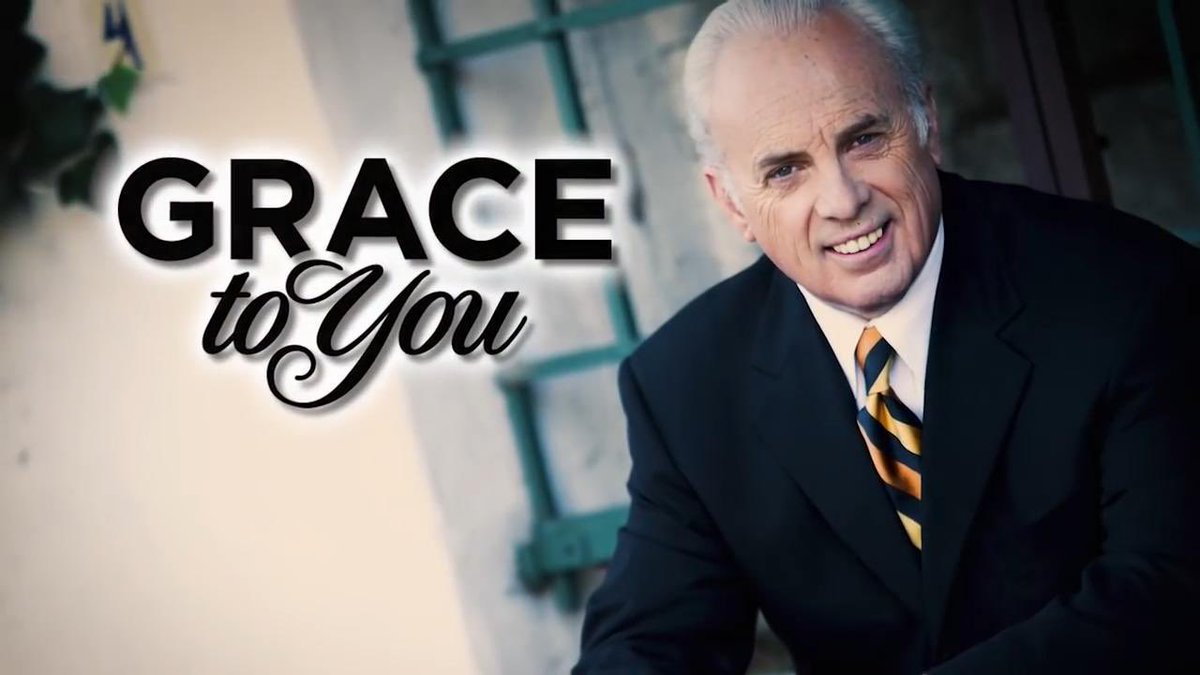
🧵 8. MacArthur the Author
With more than 150 books to his name, MacArthur is one of the most prolific theological authors alive.
His works include:
▪️ The Gospel According to Jesus (lordship salvation)
▪️ Ashamed of the Gospel (church growth critique)
▪️ Strange Fire (Charismatic theology)
▪️ A full New Testament commentary series
▪️MacArthur Study Bible in multiple translations
For him, books are tools and ways to teach doctrine, defend truth, and equip the church for faithfulness.
With more than 150 books to his name, MacArthur is one of the most prolific theological authors alive.
His works include:
▪️ The Gospel According to Jesus (lordship salvation)
▪️ Ashamed of the Gospel (church growth critique)
▪️ Strange Fire (Charismatic theology)
▪️ A full New Testament commentary series
▪️MacArthur Study Bible in multiple translations
For him, books are tools and ways to teach doctrine, defend truth, and equip the church for faithfulness.
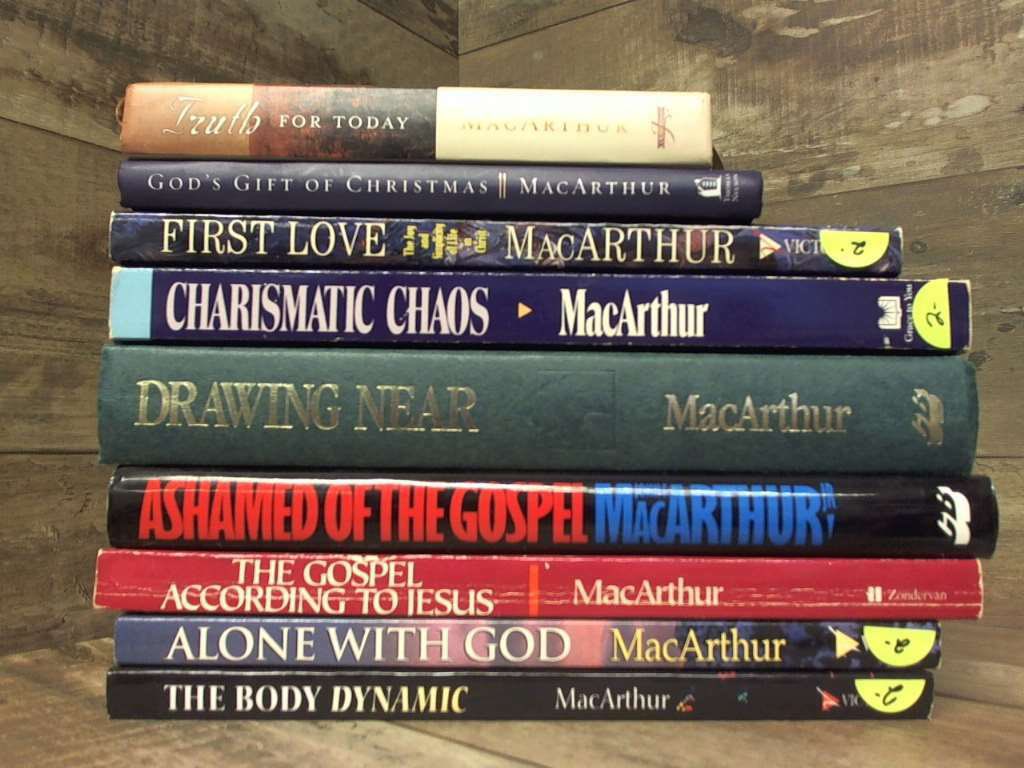
🧵 9. The Master’s University & Seminary: Building Institutions for Truth
MacArthur has never just preached…he built.
In 1985, he became president of The Master’s University (then Los Angeles Baptist College), and a year later, he helped launch The Master’s Seminary.
Together, these two institutions form the backbone of his legacy.
▪️ The Master’s University (TMU) equips Christian students in the liberal arts with a deep commitment to Scripture, personal holiness, and biblical worldview.
▪️ The Master’s Seminary (TMS) trains men in Greek, expository preaching, and pastoral theology; sending out thousands of graduates into pulpits around the world.
Neither institution is flashy. Both are firmly rooted in doctrinal clarity and theological precision.
MacArthur has never just preached…he built.
In 1985, he became president of The Master’s University (then Los Angeles Baptist College), and a year later, he helped launch The Master’s Seminary.
Together, these two institutions form the backbone of his legacy.
▪️ The Master’s University (TMU) equips Christian students in the liberal arts with a deep commitment to Scripture, personal holiness, and biblical worldview.
▪️ The Master’s Seminary (TMS) trains men in Greek, expository preaching, and pastoral theology; sending out thousands of graduates into pulpits around the world.
Neither institution is flashy. Both are firmly rooted in doctrinal clarity and theological precision.

🧵 11. The Shepherds Conference: A Brotherhood of Conviction
In 1980, MacArthur launched the Shepherds Conference, an annual gathering of pastors centered on biblical fidelity.
From a small group in folding chairs, it’s grown into an event hosting 3,000+ men each year.
With speakers like Paul Washer and Voddie Baucham, it’s become a rallying point for like-minded shepherds in an age of compromise.
In 1980, MacArthur launched the Shepherds Conference, an annual gathering of pastors centered on biblical fidelity.
From a small group in folding chairs, it’s grown into an event hosting 3,000+ men each year.
With speakers like Paul Washer and Voddie Baucham, it’s become a rallying point for like-minded shepherds in an age of compromise.

🧵 12. Pneumatology & Cessationism
MacArthur was committed to cessationism. He believed the miraculous sign gifts (tongues, prophecy, healing) ceased with the apostolic age.
His pneumatology (doctrine of the Holy Spirit) emphasized the Spirit’s work in illuminating the Word… not producing fresh revelation or ecstatic experience.
“The Holy Spirit wrote one book. He is not still writing.” - MacArthur
This view deeply shaped his theology, worship philosophy, and criticism of modern evangelicalism.
MacArthur was committed to cessationism. He believed the miraculous sign gifts (tongues, prophecy, healing) ceased with the apostolic age.
His pneumatology (doctrine of the Holy Spirit) emphasized the Spirit’s work in illuminating the Word… not producing fresh revelation or ecstatic experience.
“The Holy Spirit wrote one book. He is not still writing.” - MacArthur
This view deeply shaped his theology, worship philosophy, and criticism of modern evangelicalism.
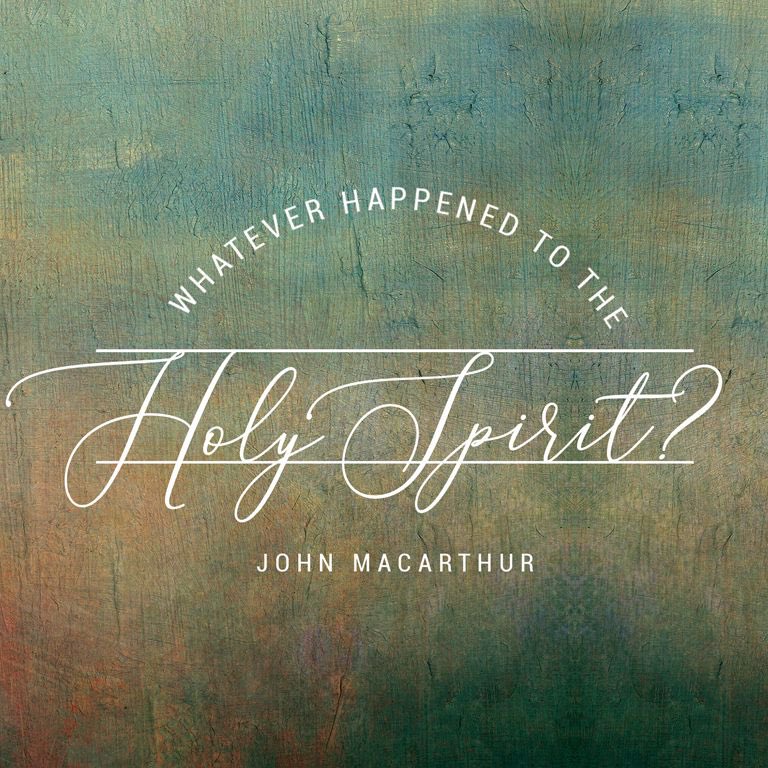
🧵 13. Strange Fire: The Charismatic Reckoning (2013)
In 2013, MacArthur held the Strange Fire Conference to critique the Charismatic movement.
He called out false prophecies, emotional manipulation, and counterfeit signs and wonders.
“The modern Charismatic movement offers a false Holy Spirit.”
Supporters praised his boldness. Critics called it divisive. But it sparked a global debate about doctrine, power, and truth.
In 2013, MacArthur held the Strange Fire Conference to critique the Charismatic movement.
He called out false prophecies, emotional manipulation, and counterfeit signs and wonders.
“The modern Charismatic movement offers a false Holy Spirit.”
Supporters praised his boldness. Critics called it divisive. But it sparked a global debate about doctrine, power, and truth.

🧵 14. Megachurches & Marketing the Gospel
MacArthur long opposed the seeker-sensitive model of church growth.
He believed watering down doctrine to attract the unchurched leads to shallow Christianity.
“You don’t grow the church by entertaining the goats. You feed the sheep.”
He criticized figures like Rick Warren and Bill Hybels for trading truth for relevance.
MacArthur long opposed the seeker-sensitive model of church growth.
He believed watering down doctrine to attract the unchurched leads to shallow Christianity.
“You don’t grow the church by entertaining the goats. You feed the sheep.”
He criticized figures like Rick Warren and Bill Hybels for trading truth for relevance.
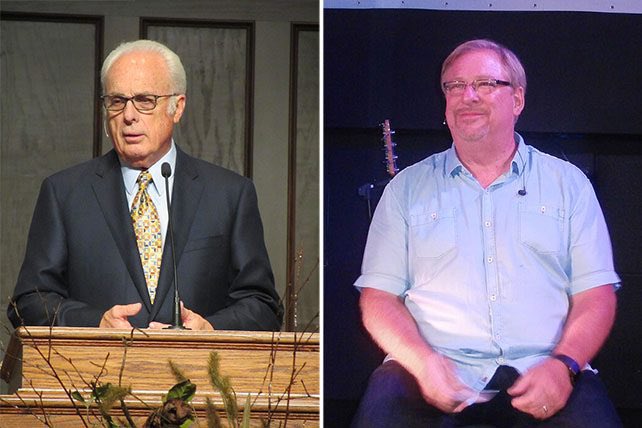
🧵 15. Women Preachers in the Pulpit?
MacArthur took a strong stance against women preaching or holding pastoral office.
His most famous soundbite came in 2019, when he said Beth Moore should:
“Go home.”
It sparked outrage and applause.
For MacArthur, it’s wasn’t about preference.
“The Bible is clear. Pastoral authority is for qualified, godly men.”
MacArthur took a strong stance against women preaching or holding pastoral office.
His most famous soundbite came in 2019, when he said Beth Moore should:
“Go home.”
It sparked outrage and applause.
For MacArthur, it’s wasn’t about preference.
“The Bible is clear. Pastoral authority is for qualified, godly men.”

🧵 16. Critical Race Theory and the Gospel Divide
When Critical Race Theory began surfacing in churches, MacArthur rang the alarm bell.
He co-authored the Statement on Social Justice and the Gospel (2018), warning against mixing biblical truth with worldly ideologies.
“There is no such thing as woke Christianity.”
For MacArthur, CRT undermines the sufficiency of Scripture and replaces sin with systems.
When Critical Race Theory began surfacing in churches, MacArthur rang the alarm bell.
He co-authored the Statement on Social Justice and the Gospel (2018), warning against mixing biblical truth with worldly ideologies.
“There is no such thing as woke Christianity.”
For MacArthur, CRT undermines the sufficiency of Scripture and replaces sin with systems.

🧵 17. Evangelical Compromise: Holding the Line
MacArthur frequently warned that evangelicalism is drifting and being seduced by celebrity, pragmatism, and cultural approval.
He critiqued movements that downplay doctrine for unity or soft-pedal sin to attract crowds.
“You either fear God or fear man. But you cannot do both.”
He believed many churches have lost their backbone … and he wasn’t afraid to say it.
MacArthur frequently warned that evangelicalism is drifting and being seduced by celebrity, pragmatism, and cultural approval.
He critiqued movements that downplay doctrine for unity or soft-pedal sin to attract crowds.
“You either fear God or fear man. But you cannot do both.”
He believed many churches have lost their backbone … and he wasn’t afraid to say it.

🧵 18. Debates, Dialogues, and Disagreements
MacArthur didn’t just clashed with culture, he also debated within the church.
▪️ He critiqued Charles Ryrie and dispensationalists over lordship salvation
▪️ Disagreed with R.C. Sproul on eschatology
▪️ Parted ways with broader Reformed movements on baptism and confessions
He wasn’t combative, but was not afraid of theological tension if it served the truth.
MacArthur didn’t just clashed with culture, he also debated within the church.
▪️ He critiqued Charles Ryrie and dispensationalists over lordship salvation
▪️ Disagreed with R.C. Sproul on eschatology
▪️ Parted ways with broader Reformed movements on baptism and confessions
He wasn’t combative, but was not afraid of theological tension if it served the truth.

🧵 19. National Headlines, Cultural Conflict & Larry King
Though not often directly political from the pulpit, MacArthur often landed in the national spotlight.
▪️ In 2020, he defied California’s COVID lockdowns, leading to lawsuits and a court victory.
▪️ In 2021, he preached against Canada’s anti-conversion therapy laws.
▪️ In 2022, he rebuked Gov. Newsom for using Scripture to promote abortion.
He also appeared multiple times on Larry King Live, calmly defending biblical truth alongside figures like Deepak Chopra and Rabbi Shmuley.
“The truth offends. That’s not a flaw—it’s the point.” - MacArthur
Though not often directly political from the pulpit, MacArthur often landed in the national spotlight.
▪️ In 2020, he defied California’s COVID lockdowns, leading to lawsuits and a court victory.
▪️ In 2021, he preached against Canada’s anti-conversion therapy laws.
▪️ In 2022, he rebuked Gov. Newsom for using Scripture to promote abortion.
He also appeared multiple times on Larry King Live, calmly defending biblical truth alongside figures like Deepak Chopra and Rabbi Shmuley.
“The truth offends. That’s not a flaw—it’s the point.” - MacArthur

🧵 20. Influence on the American Pulpit
MacArthur’s impact isn’t just in books or broadcasts , it’s in pulpits around the world.
Through Grace to You, The Master’s Seminary, and Shepherds Conference, he’s helped shape a revival of expository preaching and doctrinal depth.
Countless pastors (both known and unknown) credit his ministry for their convictions. Names like Justin Peters, Costi Hinn, Paul Washer, and many others have been influenced by his unwavering stance on Scripture.
Even leaders who disagree with him theologically often trace their commitment to preaching to his example.
He didn’t just teach the Bible. He taught others how to teach it.
MacArthur’s impact isn’t just in books or broadcasts , it’s in pulpits around the world.
Through Grace to You, The Master’s Seminary, and Shepherds Conference, he’s helped shape a revival of expository preaching and doctrinal depth.
Countless pastors (both known and unknown) credit his ministry for their convictions. Names like Justin Peters, Costi Hinn, Paul Washer, and many others have been influenced by his unwavering stance on Scripture.
Even leaders who disagree with him theologically often trace their commitment to preaching to his example.
He didn’t just teach the Bible. He taught others how to teach it.

🧵 21. A Legacy of Conviction
Love him or not, John MacArthur has left an undeniable mark on the modern church and will go down as one of the most influential theologians of the 20th and 21st century.
▪️ 50+ years in one pulpit
▪️ 150+ books and commentaries
▪️ Millions reached through Grace to You
▪️ A seminary and university shaping future generations
▪️ A global influence on pastors, churches, and theology
In an era obsessed with relevance, he remained rooted.
In a time of compromise, he stood firm.
He didn’t chase trends. He trusted the text.
MacArthur’s legacy isn’t built on charisma or innovation.
It’s built on conviction, clarity, and an open Bible.
Love him or not, John MacArthur has left an undeniable mark on the modern church and will go down as one of the most influential theologians of the 20th and 21st century.
▪️ 50+ years in one pulpit
▪️ 150+ books and commentaries
▪️ Millions reached through Grace to You
▪️ A seminary and university shaping future generations
▪️ A global influence on pastors, churches, and theology
In an era obsessed with relevance, he remained rooted.
In a time of compromise, he stood firm.
He didn’t chase trends. He trusted the text.
MacArthur’s legacy isn’t built on charisma or innovation.
It’s built on conviction, clarity, and an open Bible.

🧵 Sources & More Reading on John MacArthur
Below are sources used and referenced for this thread:
🔹 The Gospel According to Jesus – His landmark defense of lordship salvation
🔹 Strange Fire – Critique of Charismatic excess
🔹 Ashamed of the Gospel – Reflections on church‑growth compromise
🔹 The MacArthur New Testament Commentary series – In‑depth, verse‑by‑verse exposition
🔹 The MacArthur Study Bible – Packed with theological notes and doctrinal clarity
🔹 Grace to You archive – Free sermons, articles, and resources: gty . org
🔹 Shepherds Conference archives – Full sessions and Q&A panels
🔹 🎙️ Center for Expository Preaching podcast – “John MacArthur: A Life of Expositional Ministry” (multi‑episode biographical series)
🔹 The Gospel Coalition & Ligonier Ministries – Balanced biographical summaries
🔹 Masters . edu & Tms . edu – Official info on his academic institutions
🔹 YouTube – Notable interviews, including Larry King Live appearances
#PastorJohnMacArthur #JohnMacArthur #MacArthur #Preaching #Expositor #Grace #Truth #Bible #Gospel #Theology #Reformed #Calvinism #Baptist #Doctrine #Sermon #Church #Ministry #Pastor #Evangelical #Seminary #Scripture #Christian #Study #Teaching #Jesus #Conviction #Discipleship #Leadership #Expository #GraceToYou #Shepherds #Legacy #MastersSeminary #GraceToYou #bible #church
Below are sources used and referenced for this thread:
🔹 The Gospel According to Jesus – His landmark defense of lordship salvation
🔹 Strange Fire – Critique of Charismatic excess
🔹 Ashamed of the Gospel – Reflections on church‑growth compromise
🔹 The MacArthur New Testament Commentary series – In‑depth, verse‑by‑verse exposition
🔹 The MacArthur Study Bible – Packed with theological notes and doctrinal clarity
🔹 Grace to You archive – Free sermons, articles, and resources: gty . org
🔹 Shepherds Conference archives – Full sessions and Q&A panels
🔹 🎙️ Center for Expository Preaching podcast – “John MacArthur: A Life of Expositional Ministry” (multi‑episode biographical series)
🔹 The Gospel Coalition & Ligonier Ministries – Balanced biographical summaries
🔹 Masters . edu & Tms . edu – Official info on his academic institutions
🔹 YouTube – Notable interviews, including Larry King Live appearances
#PastorJohnMacArthur #JohnMacArthur #MacArthur #Preaching #Expositor #Grace #Truth #Bible #Gospel #Theology #Reformed #Calvinism #Baptist #Doctrine #Sermon #Church #Ministry #Pastor #Evangelical #Seminary #Scripture #Christian #Study #Teaching #Jesus #Conviction #Discipleship #Leadership #Expository #GraceToYou #Shepherds #Legacy #MastersSeminary #GraceToYou #bible #church
• • •
Missing some Tweet in this thread? You can try to
force a refresh









